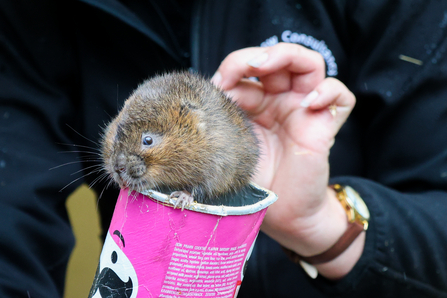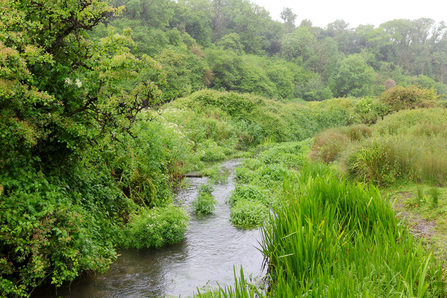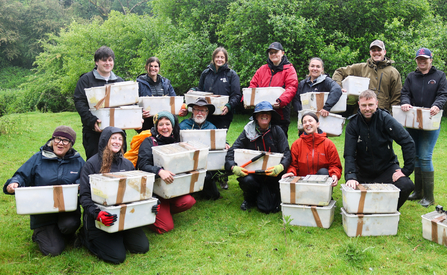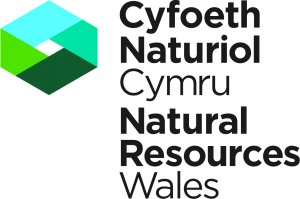“I can hear one over there…it’s munching on some vegetation. There are so many signs of their activity along the river…look at these footprints and burrows in the banks.” says Alice Chapman, Conservation Officer for The Wildlife Trust of South and West Wales, whilst conducting a Water Vole survey along the river.
The Wildlife Trust of South and West Wales (WTSWW), South East Wales Rivers Trust (SEWRT), Initiative for Nature Conservation Cymru (INCC), Natural Resources Wales (NRW), and Vale of Glamorgan Council’s Restore the Thaw Landscape project, with local landowners, are working together to bring Water Voles back to the Vale of Glamorgan.
This survey follows a release of 200 captive bred Water Voles in August last year, marking their return to River Thaw after a 20-year absence. Although elusive animals, there are plenty of signs that they are doing well and have spread out from their original release site along the Thaw.




